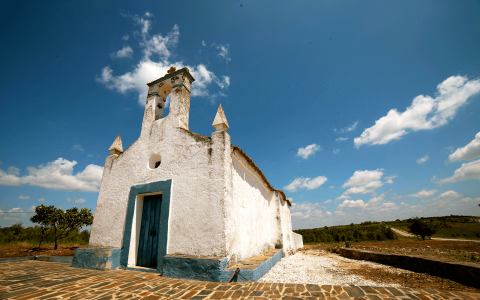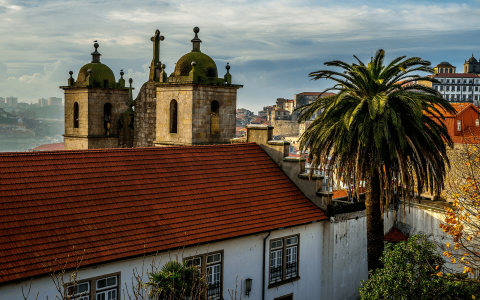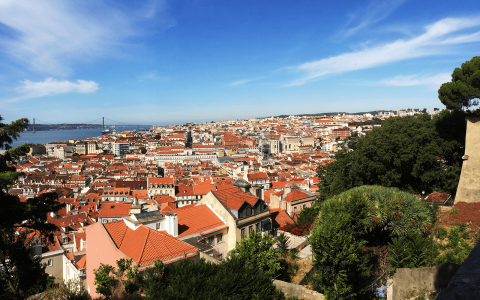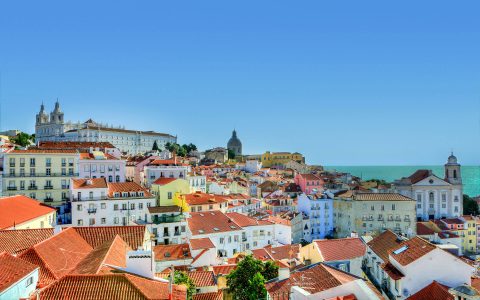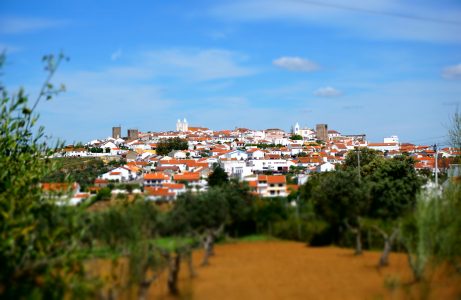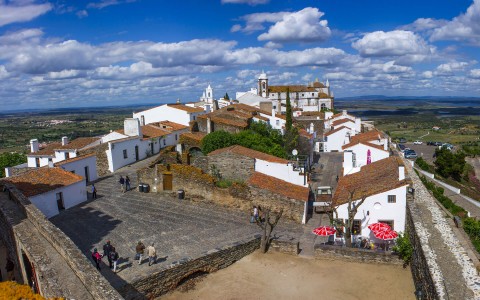In Deep:
Portugal's Douro Valley
The illustrious Douro River has sculpted one of the most dramatically beautiful landscapes in all of Europe. It’s here where you’ll discover magnificent regions which boast delicious wines and delectable gastronomic specialties. Its rippling vineyards snake through the valley at all elevations, tracing endless lines of terraced vines that have been cultivated for over 2,000 years.
With more than 200 types of indigenous grape varietals in the country, take a deeper look into Portuguese wine with our guide; you’ll certainly agree that this rich and fertile region is one worth exploring (and tasting!) your way through.
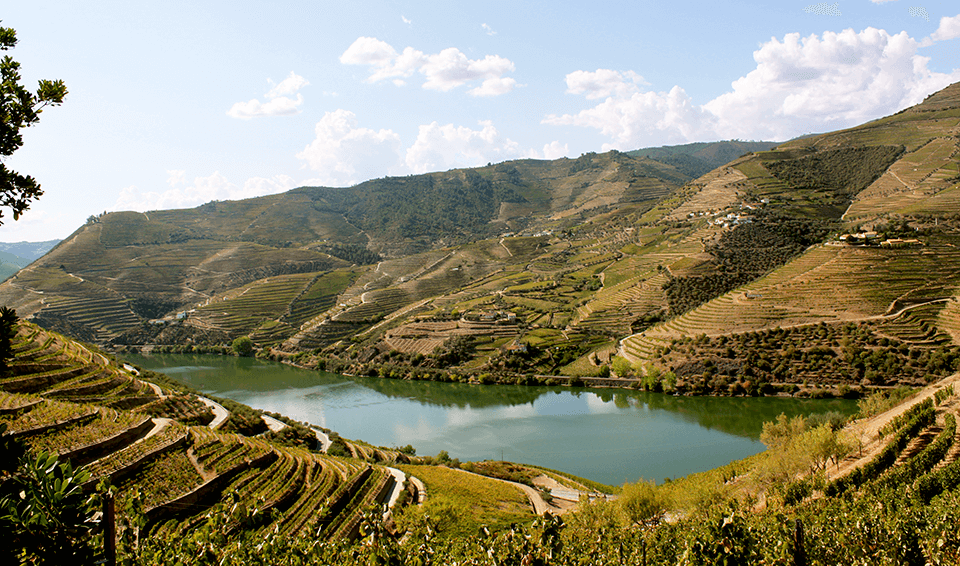
The winegrowing portion of the Douro Valley has been a UNESCO World Heritage Site since 2001, which gives you an idea just how important this region is. As one of the oldest demarcated wine regions in the world, it’s a surprisingly quiet and tranquil place to be, aside from the few hectic weeks of harvest in the fall. It’s this tranquility and pastoral nature that makes it the ideal region to immerse yourself in, slow down and use every one of your senses to take it all in.
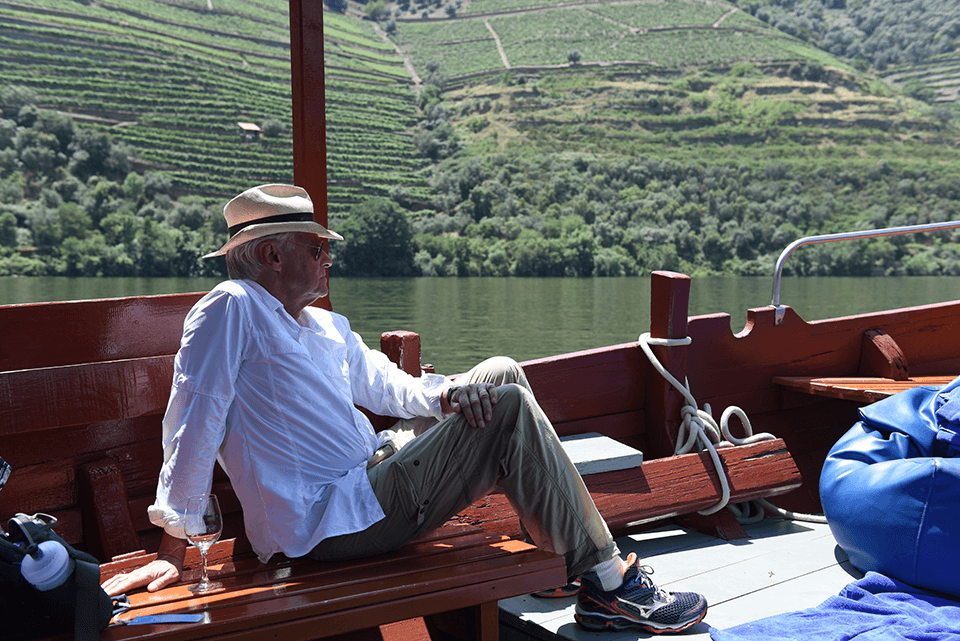
Among the many reasons for designating this area as a UNESCO World Heritage Site, the following was noted: “This region has been producing wine for nearly two thousand years and its landscape has been molded by human activities. The components of the Alto Douro landscape are representative of the full range of activities associated with winemaking—terraces, quintas (wine-producing farm complexes), villages, chapels, and roads. The cultural landscape of the Alto Douro is an outstanding example of a traditional European wine-producing region, reflecting the evolution of this human activity over time.”
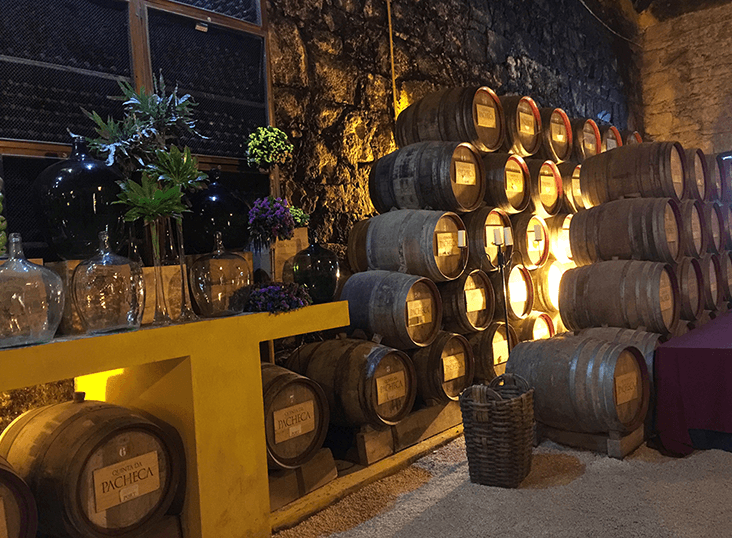
Adhering to the Old Ways
These thousands-of-years-old traditions are part of the charm and authenticity of the Douro, and one of the many reasons why we fell in love with it. If you visit in the fall, you will witness (and perhaps be able to participate in!) the busy harvest season. Grapes are cut and gathered, and pressed in the ways of old: stomping by foot, one of the few places left in the world which involves this means of wine production.
See For Yourself
On B&R’s Douro Valley Walking trip, stroll the terraced vineyards as you follow Portugal’s Douro River through dramatically beautiful landscapes – sampling the country’s delectable offerings along the way.
DETAILED ITINERARY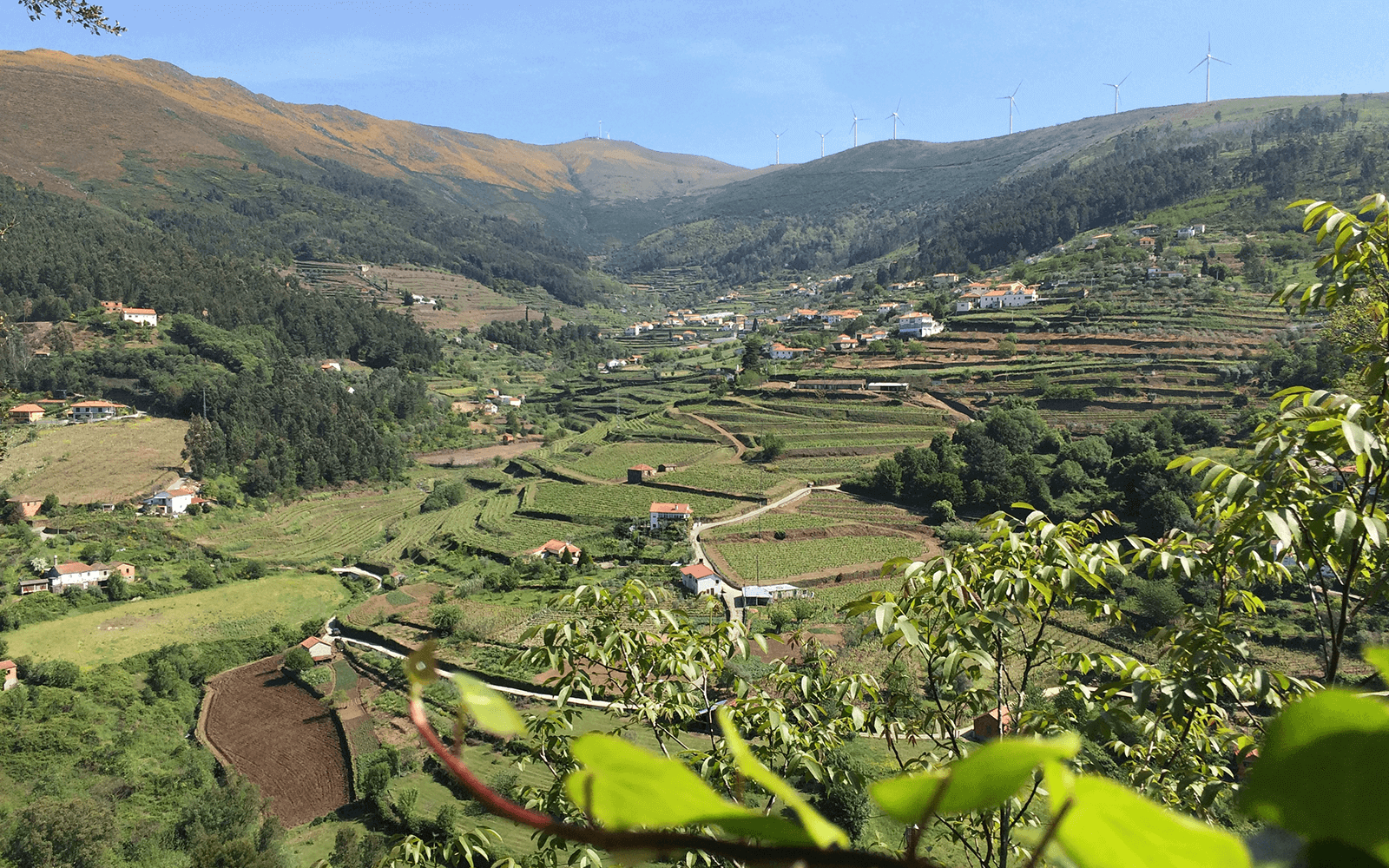
The Vinho Verde Route
One of many Portuguese wine varieties, the fresh, ‘green’ young wine known as vinho verde, there is, in fact, a dedicated Vinho Verde route which stretches across the entire Minho region, making it the largest Portuguese wine demarcated region.
 The area is often referred to as the “Alto Douro” (Upper Douro) since it is located quite a ways upstream from the largest main town, Porto, and is sheltered by mountain ranges and from coastal influence. While the area is most commonly known for port wine production, it also holds claim to the production of table wine as well as other non-fortified wines referred to as “Douro wines.”
The area is often referred to as the “Alto Douro” (Upper Douro) since it is located quite a ways upstream from the largest main town, Porto, and is sheltered by mountain ranges and from coastal influence. While the area is most commonly known for port wine production, it also holds claim to the production of table wine as well as other non-fortified wines referred to as “Douro wines.”
In fact, the Douro Valley is a veritable canvas that is constantly changing colours thanks to its range of diverse flora and seasonal shifts. The hills are dressed in sloping vineyards speckled with almond and olive trees, the highlands house a range of fruits and vegetables. All the while, the river, and its tributaries wind sinuously through the region, providing life for the many species that depend on it; look up and you may see the soaring majesty of birds of prey and the cycle of nature all around.
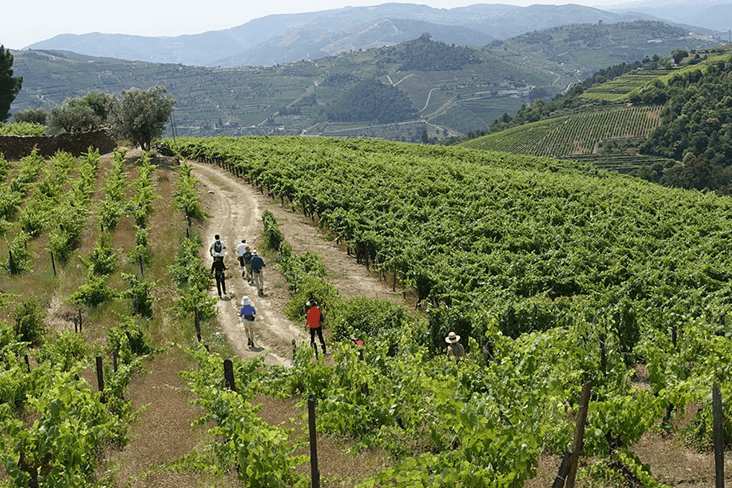
The Mouth of the River: Porto, The Final Stop
Float along the river to its terminus, and you will find the city of Porto, where the mouth of the river flows back into the Atlantic Ocean. Once an outpost of the Roman Empire, Porto now reigns as the second largest city in Portugal. Located along the Douro river estuary in Northern Portugal, it was declared a UNESCO World Heritage Site in 1996.
The historic hillside city is a maze of steep and narrow cobbled streets where you’ll encounter ornate plazas, churches, and houses draped in tiled facades. Public art is everywhere in this city, infused by such contemporary artists as Alvaro Siza Vieira and Rem Koolhaas. Street art, similarly, can be found strewn across crumbling medieval walls, while hand-painted tiles (azulejos) glam up the metro.
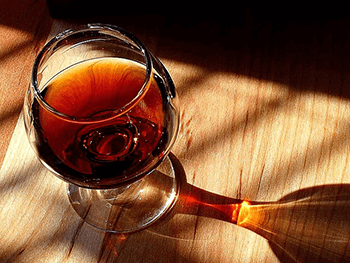 You’ll likely be familiar with the city’s relationship to port wine, since the metropolitan area was responsible for the packaging, transport and export of the fortified wine, and thus named for Porto.
You’ll likely be familiar with the city’s relationship to port wine, since the metropolitan area was responsible for the packaging, transport and export of the fortified wine, and thus named for Porto.
While Porto remains at its core an aged port, the city is evolving beyond that with an exciting epicurean moment featuring new-wave Portuguese cuisine and an energetic nightlife that filters out onto the winding streets late at night. Check out our guide to Porto or explore it by foot for the best experience.
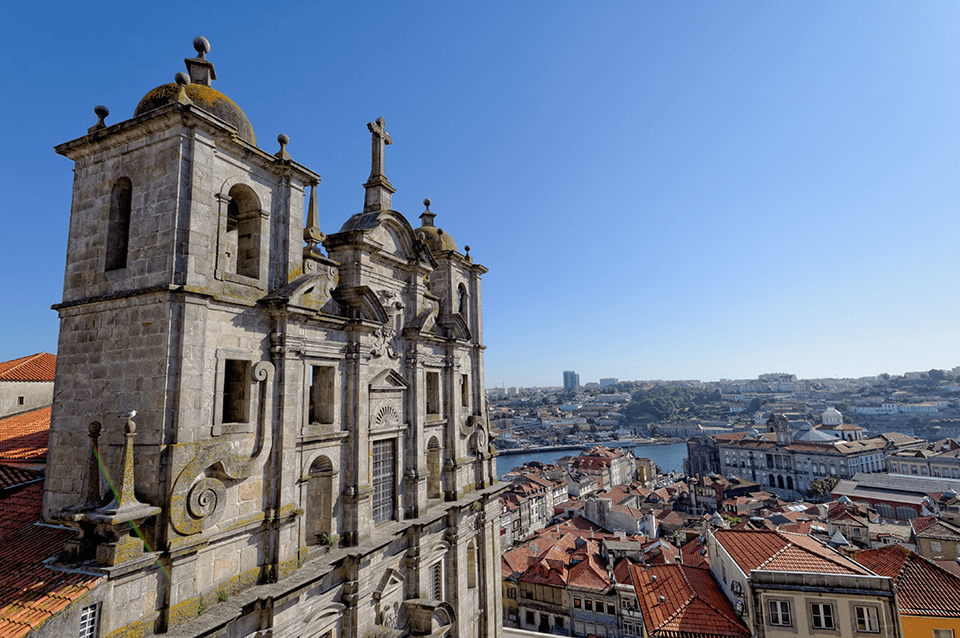
MORE FROM Europe + Portugal
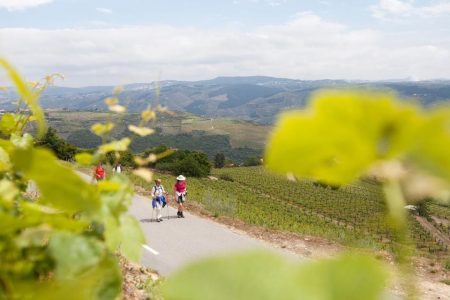
5 Slow Walks In Europe This Fall
Portugal
Forbes Names B&R On Their List Of 5 New Walking Trips For 2022
Portugal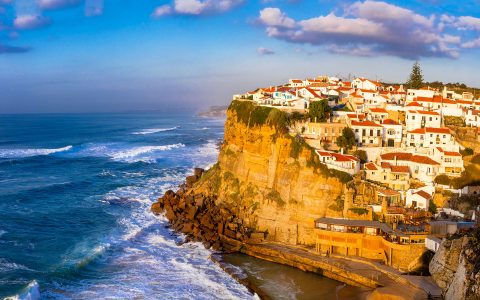
10 Reasons To Go to Portugal Now
Portugal